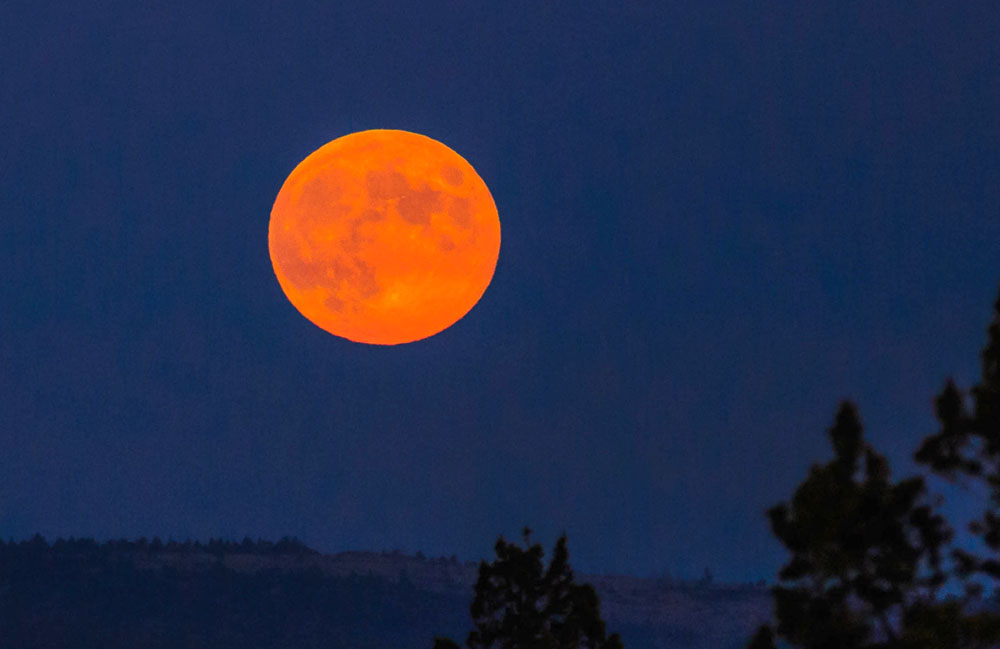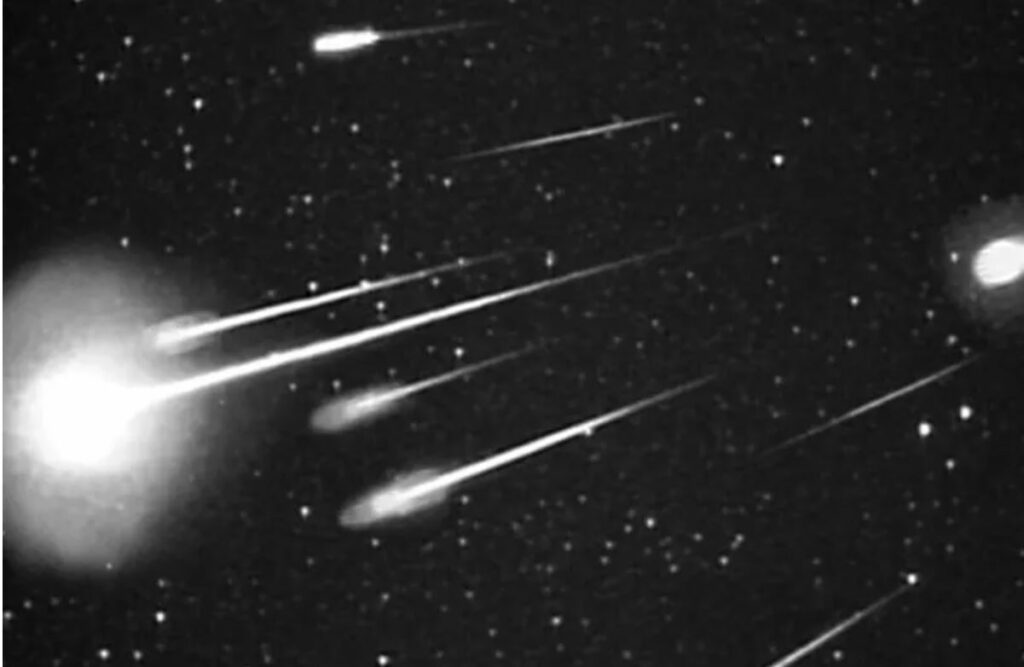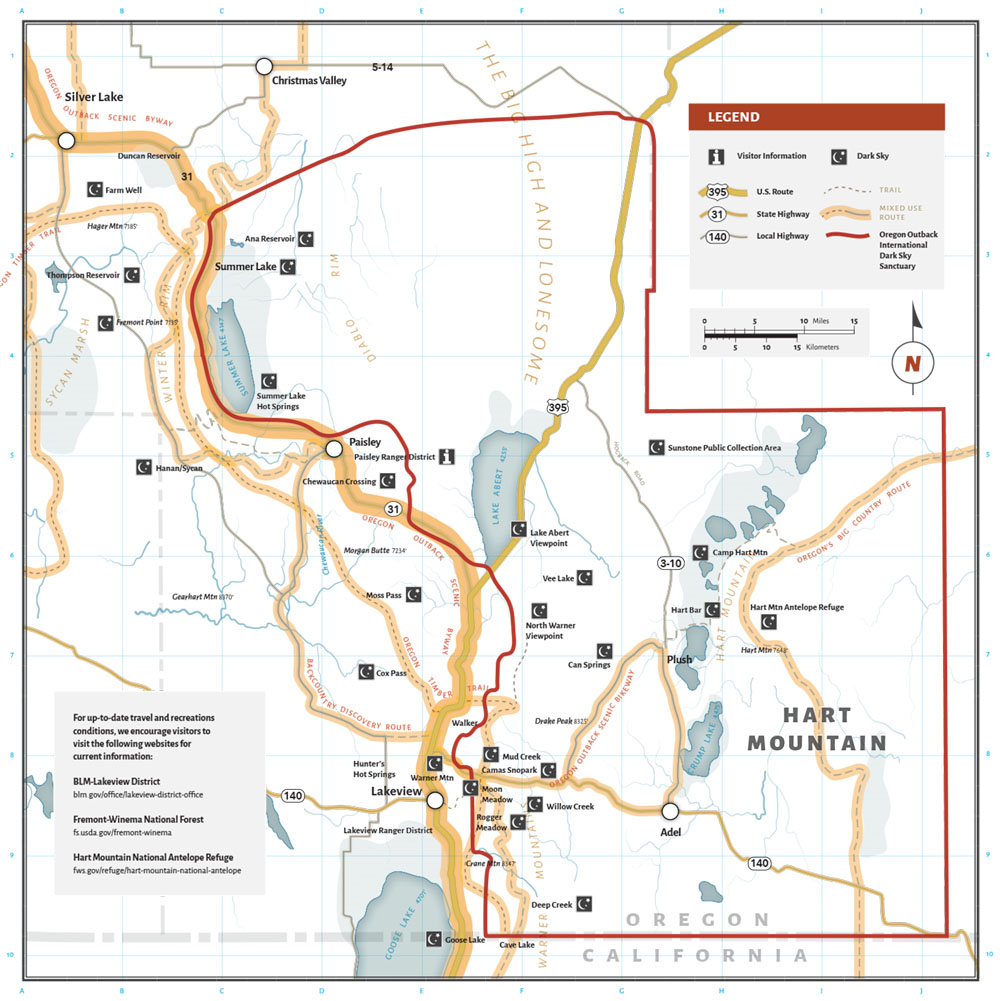Celestial Events Fall 2024

As September daylight grows shorter and nights longer, what better time to visit Oregon’s parks to view celestial events. Oregon’s dark places are a prime destination for stargazing enthusiasts, thanks to its diverse natural lands and relatively low light pollution in many areas.
While the best nights for viewing stars is when there is no moon, We can look out for the Harvest Moon in September This month’s full Harvest Moon will happen on September 18, 2024 at 02:34.
The Super Moon Harvest Moon Partial Eclipse
The Harvest Moon is defined as the full Moon closest to the autumnal (fall) equinox (September 22 at 12:43 UTC.) in the Northern Hemisphere. There are both historical and astronomical reasons why this Moon is named the Harvest Moon: Since full Moons rise around sunset, this results in extra moonlight in the evenings. In the past, this gave farmers more time for harvesting crops.
This year, the Harvest Moon is near its closest approach to Earth—known as perigee —making it a supermoon.
On the night of Sept. 17 into Sept. 18, a portion of the moon will pass through the Earth’s shadow, resulting in a partial lunar eclipse. The phenomenon will be visible throughout North and South America, Europe and Africa. Unlike a solar eclipse, a lunar eclipse can be viewed without protective eyewear.
The Earth’s lighter outer shadow, the penumbra, and a small part of Earth’s darker inner shadow, the umbra, will darken the Moon’s surface in a partial lunar eclipse. In Portland, OR the time will be But if you’re in North America, it happens on Tuesday evening—for example, at 20:41 (8:41 pm) in New York. Portlanders can view on Tue, Sep 17, 2024 at 7:44 pm
This will not be a big eclipse! At most, only about four percent—a tiny fraction—of the Moon’s disk will be covered by the darkest part of Earth’s shadow. But the effect will be striking, as one part of the Moon’s edge becomes shrouded in blackness.
Draconid meteor shower (Oct. 6 – 10, 2024)
The Draconid meteor shower is going to occur between Oct. 6 and 10 peaking on Oct. 8. “Unlike many meteor showers, more Draconids are likely to fly in the evening hours than in the morning hours after midnight,” said Earthsky.com. “This shower is usually a sleeper, producing only a handful of languid meteors per hour in most years,” but “in rare instances, fiery Draco has been known to spew forth many hundreds of meteors in a single hour.”
The meteorites in the shower come from the comet 21P/Giacobini-Zinner. The best way to see the shower is to go to the darkest possible location, lean back and relax. You don’t need any equipment like telescopes or binoculars; the secret is to take in as much sky as possible and allow about 30 minutes for your eyes to adjust to the dark.
Comet Tsuchinshan-ATLAS (Oct. 12 – 19, 2024)
The comet Tsuchinshan-ATLAS will pass near Earth in fall of 2024. It is also expected to be visible to the naked eye. The comet will be approximately 44 million miles away from Earth at its closest point, and has the potential to be bright and vibrant.
Comets are notoriously unpredictable, being that they are “dusty, icy relics of planetary formation that were hurled to the solar system’s outskirts eons ago,” said Scientific American. As this event gets closer, scientists can better predict its visibility; however, many already forecast a “fantastic celestial spectacle.”
Orionid meteor shower (Sept. 26 – Nov. 22, 2024)
The Orionid meteor shower is a staple of the fall. This year it will peak between Oct. 20 and Oct. 21 with a rate of approximately 20 meteors per hour. Sometimes the Orionid meteor shower produces spectacular displays of up to 80 meteors an hour, but in recent years it has produced more modest displays of about 20 or 30 visible meteors per hour.
Visibility this year may be reduced because the “moon will be 79% illuminated at the time of the peak.” Space.com added. However, they should still be visible to both the northern and southern hemispheres. To have the best view, go to as dark a location as possible between midnight and dawn and let your eyes adjust.
Leonid meteor shower (Nov. 3 – Dec. 2, 2024)

The Leonid meteor shower is set to take place throughout the month of November, peaking on November 16. The shower occurs when The Earth passes through the debris left behind by comet 55P/Tempel-Tuttle during its highly elliptical orbit around the sun every 33 years. Leonid meteors can move quickly at approximately 44 miles per hour across the sky.
Leonids are known for their “fireballs and Earth-grazer meteors,” said NASA. “Fireballs are larger explosions of light and color that can persist longer than an average meteor streak.” In order to get the best viewing experience, experts recommend going to a very dark location and allowing your eyes to adjust for 30 minutes.
Read about great places to view the sky

